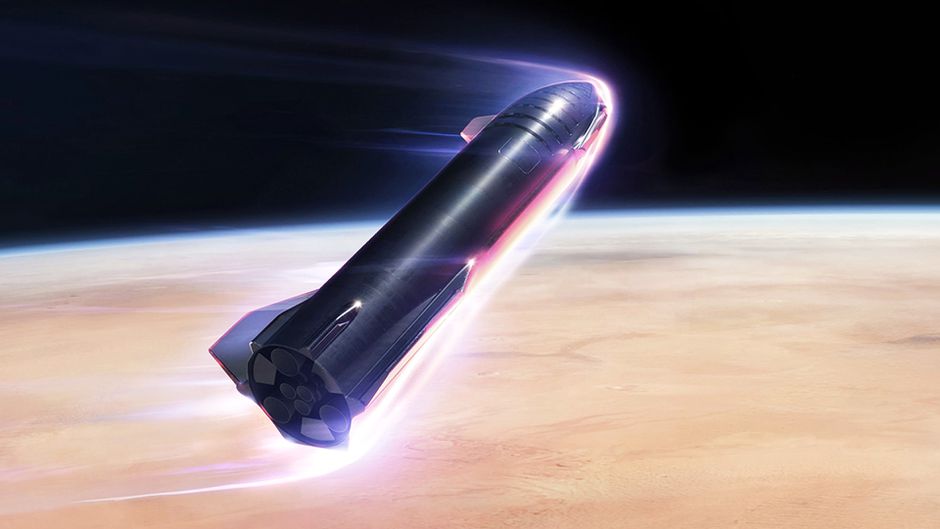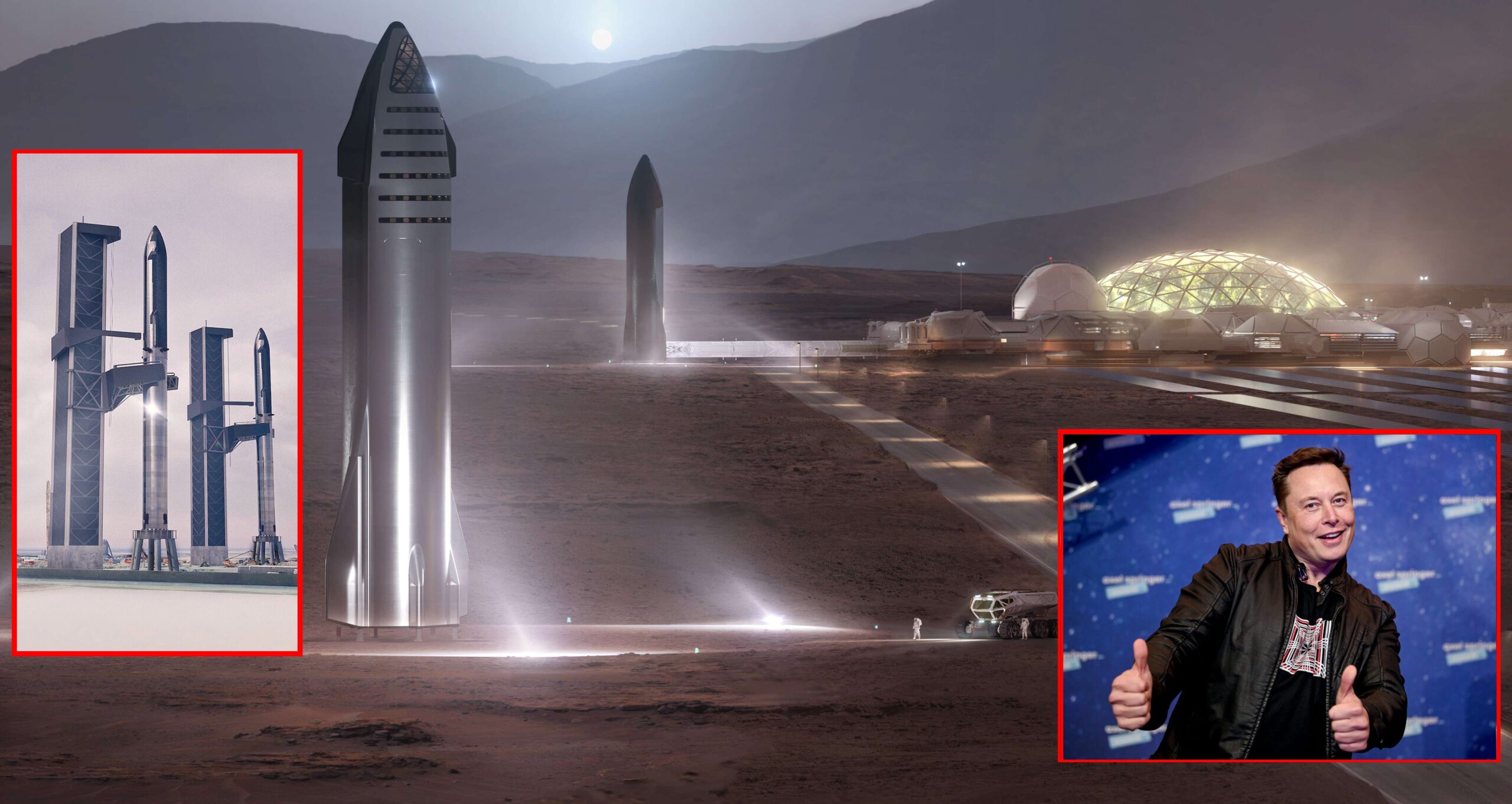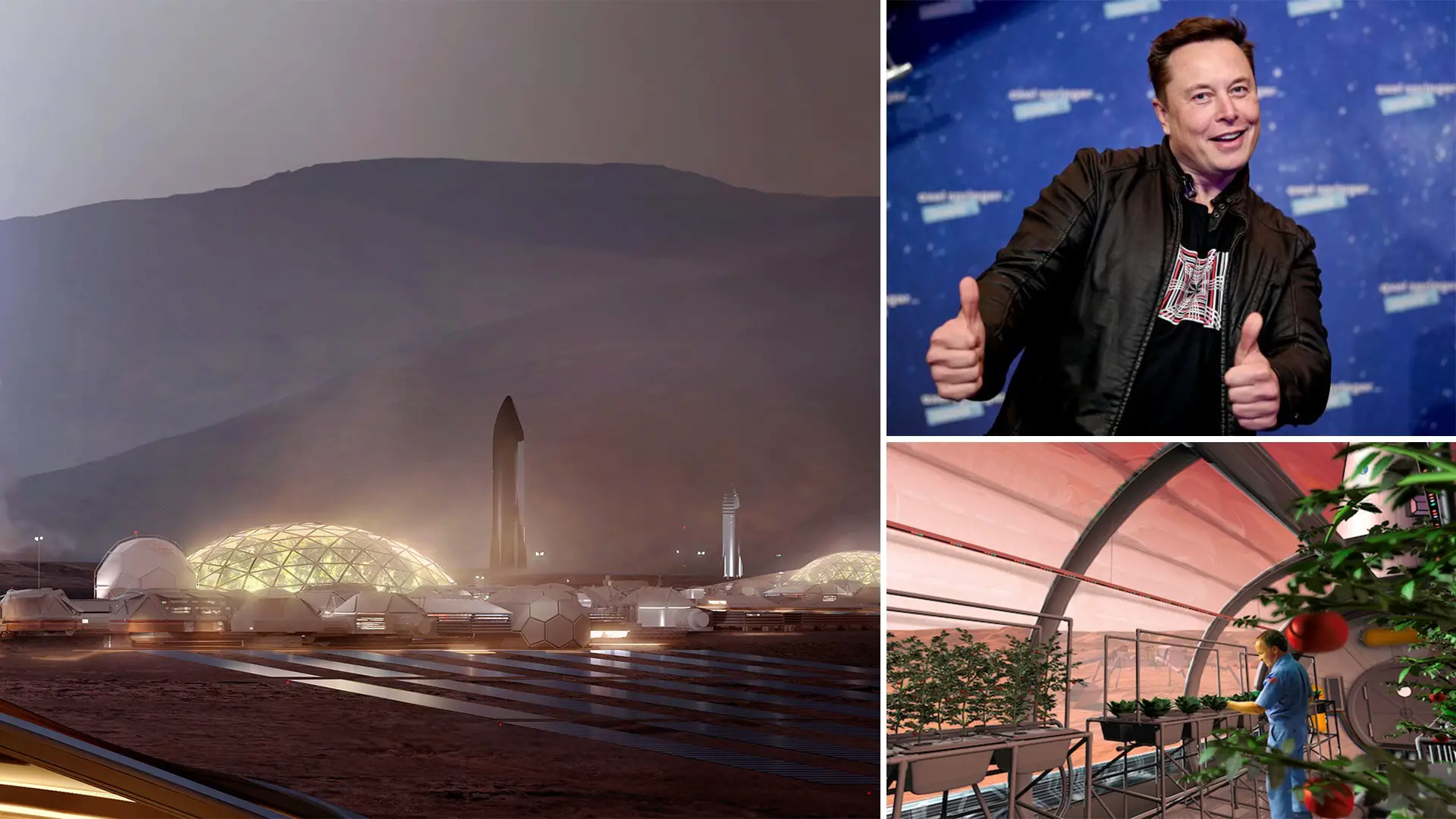Elon Musk, the billionaire, has long been open about his desire to colonize Mars; here’s all we know about his plans. Musk established SpaceX in 2002 and has said repeatedly that one of his main aims is to help humanity become a multi-planetary species.

To accomplish this extraterrestrial feat, the world’s wealthiest man (at the time of publication) turned his focus to Mars, which is 33.9 million miles distant from Earth.
“If we can make life on Mars self-sustaining, we will have passed one of the most difficult tests.” In November, Musk remarked on Twitter, “This then sets us up to go interplanetary.”
“Earth is 4.5 billion years old, yet life is still not multi-planetary, and how much time is left to make it so is really questionable,” he continued.
Musk’s long-term vision for Mars so far resembles the construction of a self-sustaining metropolis with solar-powered hydroponic crops and vegan meals.
“Building a self-sustaining community on Mars and bringing the animals and species of Earth there is the next really big thing,” Musk told Time.
“It reminds me of a futuristic Noah’s ark.” “However, we will bring more than two – it would be strange if there are just two,” he said.
Terraforming Mars
Humans and animals will remain in this Mars metropolis indefinitely – although in “glass domes” – until the terraforming process is completed, according to Elon’s plan.
The hypothetical process of altering a martian surface to make it livable by Earth-like life is known as ‘terraforming.’ Terraforming, in this example, would ultimately enable humanity to breathe on Mars without the need for oxygen masks or glass domes.

Even Musk admitted that terraforming would be “too slow to be significant in our lifetime,” but that humans may set up a human outpost on Mars in our lifetime.
How to inhabit Mars in the future
So, how do we construct this human basis and what does it look like?
According to The Space Review, it begins with the construction of a huge fleet of SpaceX Starships capable of transporting the necessary equipment and materials to get a community up and running.
If a single Starship stage can transport 200 tonnes of goods to the surface of Mars, 5,000 journeys could transport one million tonnes. The next problem is food production after the equipment has been successfully brought to Mars.
According to The Space Review, each person would need around 200 square meters of growing space and 100 kilowatts of electricity, equating to a construction team of 100 people with 10 megawatts of power and 20,000 square meters of growing space for food production.

A one-square-kilometer farm (250 by 250 meters with four growth levels) sent to Mars could theoretically feed 5,000 vegetarians. Mineral site deposits might also be discovered by geologists, which would be very beneficial to the town.

